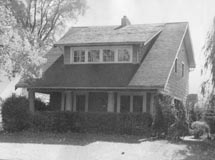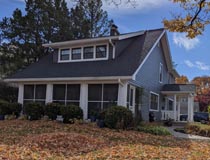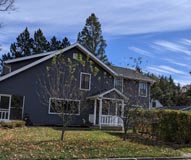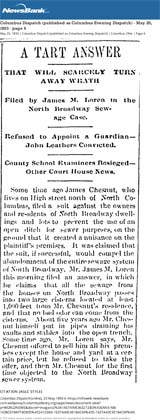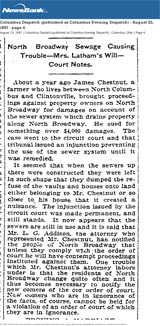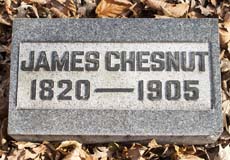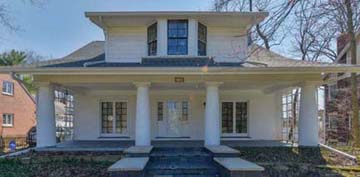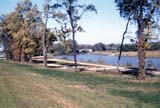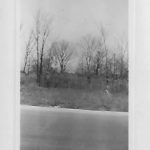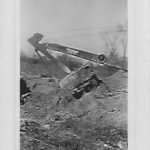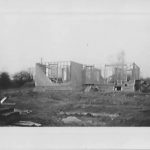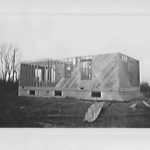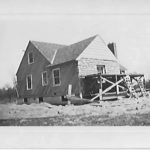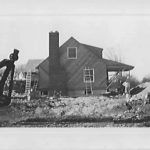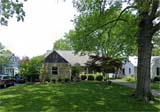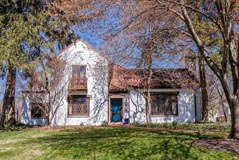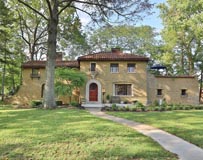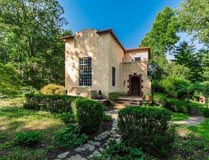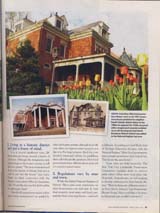Tipping the Scales, & Life on the Edge
Monday, January 16th, 2023 Today is Martin Luther King Jr. Day, and so I thought I’d use this opportunity to write about my most recent “read”. It’s the book Tipping the Scales: One Man’s Freedom, by Stanley U Robinson with revisions and editing by his son David R Robinson. The book is available as an ebook and a print book.
Today is Martin Luther King Jr. Day, and so I thought I’d use this opportunity to write about my most recent “read”. It’s the book Tipping the Scales: One Man’s Freedom, by Stanley U Robinson with revisions and editing by his son David R Robinson. The book is available as an ebook and a print book.
As an historian wrote recently, heroism is neither being perfect, nor doing something spectacular. In fact, it’s just the opposite: it’s regular, flawed human beings, choosing to put others before themselves, even at great cost, even if no one will ever know, even as they realize the walls might be closing in around them. Such heroes did not wake up one morning and say to themselves that they were about to do something heroic. It’s that, when they had to, these people did what was right.
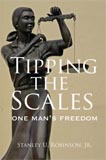 This book tells the story of some local people who were heroes. In 1954 a Columbus interracial family (Phyllis and Wilson Head and their 2 children) decided to move to an all-white neighborhood. In the racist real estate environment of the time, this was taboo. Though it was decidedly unconstitutional to discriminate on the basis of race, discrimination was rampant. The Heads were represented, for the real estate transaction, by attorney Stanley U. Robinson. They were able to conceal Wilson Head’s Black identity only because the seller, banks, and insurer never bothered to ask about race. Once the sale had gone through and the Heads moved into their new house at 2166 Indianola Avenue, all hell broke loose. Attorney Robinson faced the wrath of the banking and real estate agent community (including a threat of disbarment), and his family was deluged with crank telephone calls from the bigoted new neighbors of the Heads. The Heads themselves faced bigotry, but were physically protected by prearranged police presence and local church members’ vigilance. The Heads “stuck to their principles” and refused to be intimidated or bought out.
This book tells the story of some local people who were heroes. In 1954 a Columbus interracial family (Phyllis and Wilson Head and their 2 children) decided to move to an all-white neighborhood. In the racist real estate environment of the time, this was taboo. Though it was decidedly unconstitutional to discriminate on the basis of race, discrimination was rampant. The Heads were represented, for the real estate transaction, by attorney Stanley U. Robinson. They were able to conceal Wilson Head’s Black identity only because the seller, banks, and insurer never bothered to ask about race. Once the sale had gone through and the Heads moved into their new house at 2166 Indianola Avenue, all hell broke loose. Attorney Robinson faced the wrath of the banking and real estate agent community (including a threat of disbarment), and his family was deluged with crank telephone calls from the bigoted new neighbors of the Heads. The Heads themselves faced bigotry, but were physically protected by prearranged police presence and local church members’ vigilance. The Heads “stuck to their principles” and refused to be intimidated or bought out.
 Though this act of segregation-busting was successful, in 1959 the Head family moved to Windsor, Canada “to get [the] children away from a racist society.” Wilson Head had a PhD and was a respected sociologist and civil rights leader, and the Heads’ (understandable!) move was Columbus’ loss. You can read more about Wilson Head here.
Though this act of segregation-busting was successful, in 1959 the Head family moved to Windsor, Canada “to get [the] children away from a racist society.” Wilson Head had a PhD and was a respected sociologist and civil rights leader, and the Heads’ (understandable!) move was Columbus’ loss. You can read more about Wilson Head here.
Next up on my reading list: Wilson Head’s own book, A Life on the Edge: Experiences in Black and White in North America. University of Toronto Press. ISBN 978-0-9680066-0-3.
